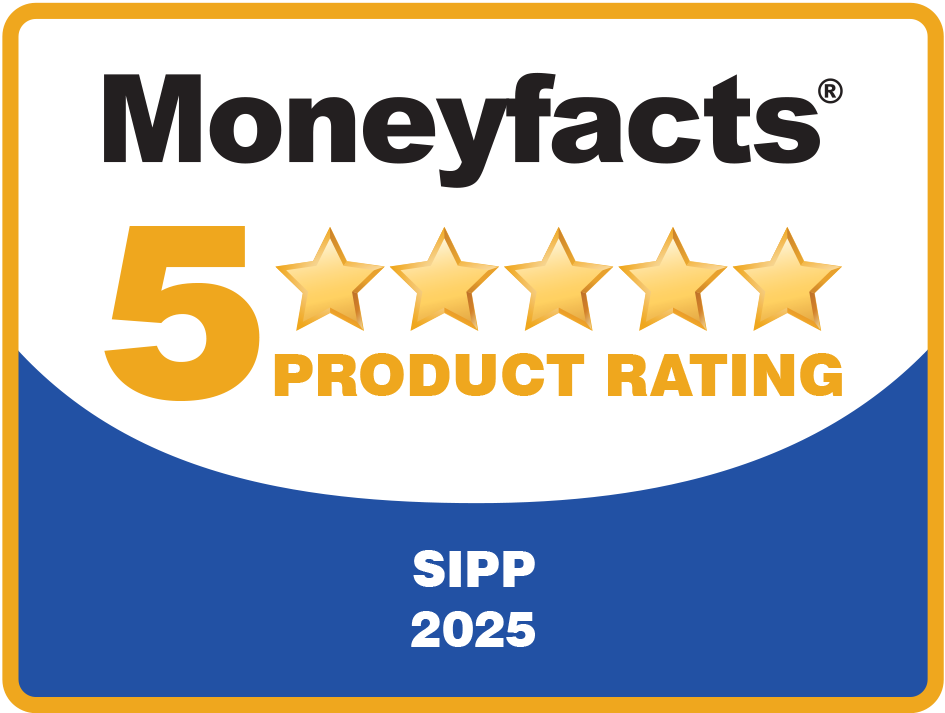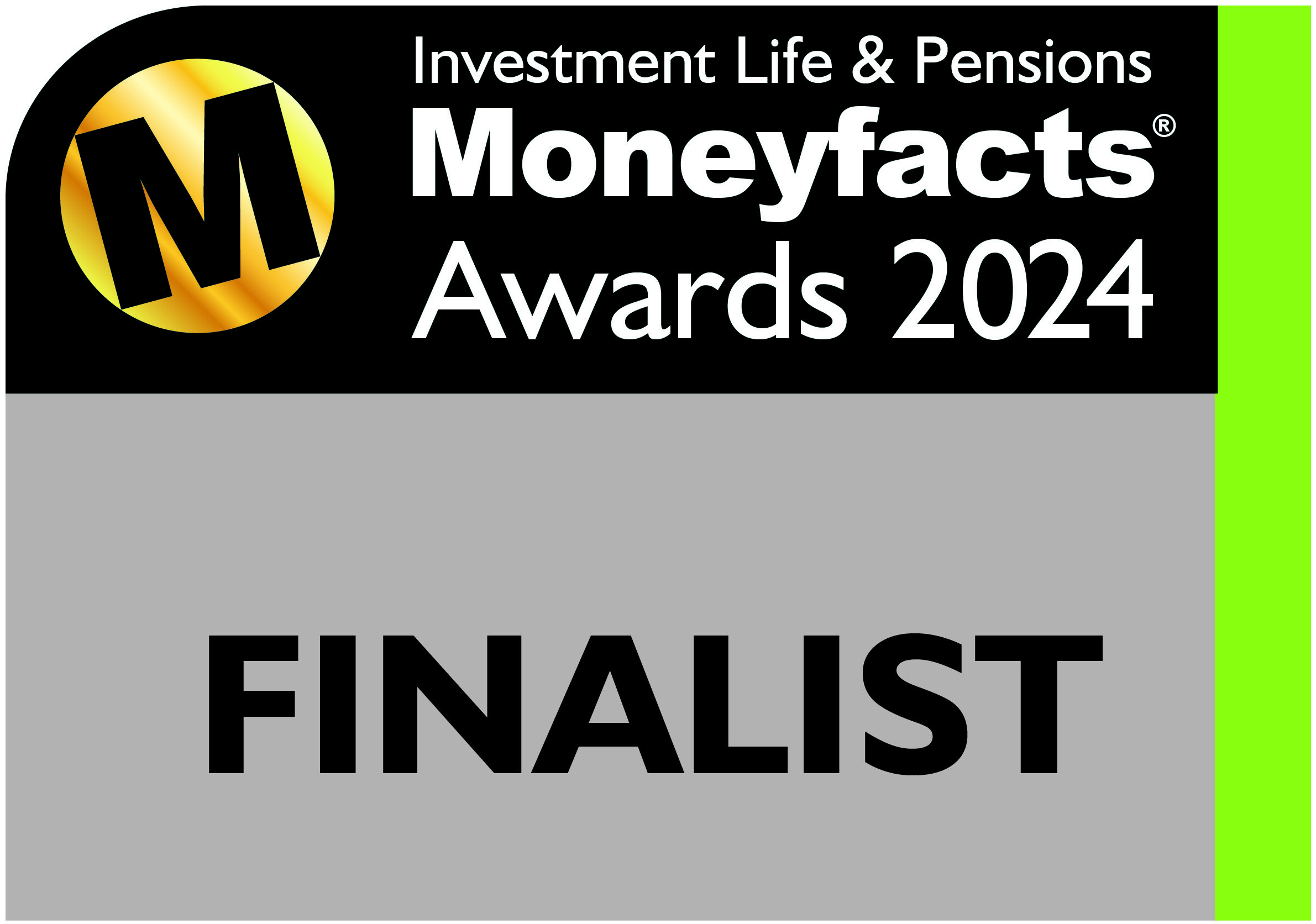The key points to think about with an in-specie property transfer between pensions, and how we can help at IPM
Regular readers of our content will know that commercial property in a SIPP is an area of strength for IPM.
- We own over 1,200 properties on behalf of our clients and typically have around 100 transactions going on at any one time.
- Over 50% of the new SIPPs we established in 2024 held an element of commercial property.
- We have one of the most cost-effective offerings in the market for holding commercial property in a SIPP, mainly because we do not charge an annual property fee on top of our annual administration fee.
- We employ an experienced and dedicated property team, a member of which is allocated to each individual transaction, giving you and your client a point of contact from instruction through to completion and beyond.
Read more: 10 reasons we’re ideal for clients looking to hold commercial property in their pension
A recurring type of enquiry we receive here at IPM is along the lines of:
“One of our clients has a property held in a SIPP elsewhere, or a small self-administered scheme (SSAS), and is looking to transfer this to another provider. I’ve never done one of these before and it seems really complicated, can you help?”
We’re not going to lie to you and say a transfer in-specie of property is going to be the easiest piece of work you will undertake! We understand why there would be some hesitation to start this process.
However, with over 25 years of experience in the SIPP market, IPM is well placed to guide you through the process, highlight the potential pitfalls, discuss the costs, and also have frank conversations with you as to whether this is the right thing for your client to do.
Before you start…
We always think it is worth a conversation before you start any work on a transfer as to why the client wants to take this course of action. There are legitimate reasons why a transfer may be in a client’s best interest, which we consider further below.
However, it is also worth considering whether a transfer will actually solve the client’s concerns.
All registered pensions schemes follow HMRC guidelines from the pensions tax manual, which includes investment into commercial property. Each provider will interpret this guidance in their own way. It may well be that the reason to transfer is down to the current provider not offering the flexibility the client requires, and a change of provider will solve this.
However, if the client’s frustrations stem from what HMRC has set out in the guidance, then a change in provider may not result in what the client is looking to achieve. Examples of this could include a connected tenant wanting to take a rent-free period, or wishing to purchase a residential property.
We are happy to have this conversation with you at the outset to let you know whether this is worth your time pursuing further.
3 reasons why a client may want to transfer
In our experience, there are usually three reasons why you or your client may want to change their current provider. It could be one of these reasons in isolation, or a combination.
1. Poor service from their current provider
As with any other aspect of financial services, advisers tell us that service levels differ greatly when dealing with providers who administer commercial property.
Some larger companies don’t offer this as part of their core proposition, but more as an “add-on” or hybrid to their simpler personal pension or SIPP offerings. Other companies used to have high levels of personal service, but this has changed over the years.
We may be slightly biased, but in our experience, it’s usually sensible to partner with a specialist SIPP provider for this kind of work. Commercial property can be a complex asset to hold in a SIPP, and so it’s vital to ensure you have a good working dialogue with your chosen provider, and people you can call upon who have experience in this area.
2. Costs with the current provider are high
Holding commercial property within a SIPP is at the higher end of what you can expect to pay in fees to a pension provider.
Most providers will charge an annual administration fee for the SIPP. Clients can also expect to pay additional annual fees for:
- Holding the property
- Any borrowing
- Being part of a group.
Feedback from advisers is that clients will often accept this if the provider’s service is in line with expectations.
However, this can still run into thousands of pounds every year, multiplied by several clients if part of a group. If the plan is to hold the property for 10, 15, or 20 years, this can add up to a lot of money!
IPM is proud to have one of the most cost-effective offerings in the market for this type of SIPP. This is mainly because we do not charge additional annual fees on top of the administration fee, and we also have competitive initial costs. Scenario 3 in this article demonstrates the impact our charging structure can have on a client’s SIPP.
3. The existing pension arrangement is no longer suitable
As discussed in our SIPP v SSAS article, a SSAS may have been the right solution initially, but client circumstances change. This may mean that running a SSAS is no longer necessary, or the clients no longer want to do this.
My client’s scenario fits in with the above. What do I need to think about next?
Each client scenario is different, so we would always suggest speaking with IPM before proceeding with a transfer. Some of the variables that will affect the advice you give could include:
- How many clients have an interest in the property? This will impact costs and the paperwork required.
- Is there borrowing? If so, you’d probably be best speaking with the bank before going any further. Will they honour the existing deal, or ask for the loan to be redone?
- Is the property VAT-registered? If it is, this isn’t a problem. However, this will affect costs and timescales.
- Are there rent arrears? For IPM, we will not accept a property transfer that has rent arrears, due to previous experiences we have had trying to recover outstanding rent for a property we did not originally acquire.
Once these points have been ascertained, we can then give you a more accurate steer on two key points on any transfer in-specie of property.
1. Costs
While this may be considered a transfer of pension benefits, where a property is involved, the legal owner of the property is changing from the current provider to the new one.
With that in mind, the process of transferring a property between providers is not too different to any other property transaction, other than that there is no consideration (money) exchanged at the end of the process.
This means that both sides – the pension providers in this instance – will need solicitors to act on their behalf. This is where the costs associated with an in-specie transfer of property can start to add up.
- Legal fees – IPM’s panel solicitors charges for an in-specie transfer will start at around £1,500 + VAT to act on a transfer. It’s fair to assume the other provider’s solicitors will charge a similar amount. This figure does not include standard disbursements such as searches.
- Valuation fee – A valuation will be required from a surveyor for the receiving scheme. If one has been produced in the last 12 months, this could be considered to save on costs.
- Transfer fee – You will also need to consider fees from both providers for actioning the transfer; the receiving scheme will usually charge a “transfer in” fee while the ceding scheme is likely to charge a “transfer out” fee.
If you have borrowing on the property, this also adds complications. These are not insurmountable but are something you and your client will need to consider.
While this figure will vary depending on the providers involved, if you start with the premise that a transfer in-specie could cost in the region of £5,000 + VAT or more, in total, then this will give your client a decent base level of expectation.
2. Timescales
As we have already alluded to, the process of transferring a property in-specie is not much different to any other property transaction. For anyone who has been involved in a property purchase, you will know this can take several months.
If you add into the mix a SIPP or SSAS provider that’s losing a client, and one of the reasons you may be transferring away is poor service, you can add further time to this process.
On asking our property team “How long does a typical transfer in-specie take?”, the answer, almost predictably, was that it varies! It can depend on many factors such as if borrowing is involved, what comes back on the searches, how efficient the transferring scheme is, and so on.
As a ballpark figure, you could look at an in-specie transfer taking anywhere from around five months from instruction through to completion. We have had transfers complete much sooner than this, while others have taken much longer.
So, why should we recommend a transfer in-specie?
At IPM, we have undertaken many of these transactions over the years.
We have one of the most cost-effective offerings for commercial property in the marketplace. Consequently, the cost of the transfer can often be offset by the savings your client makes in terms of the annual fees being paid to the current provider.
This only works, however, if your client is looking to retain the property in a SIPP wrapper for the medium to long term. If the plan is for the property to be sold in a couple of years, this may prove to be a lot of work for little benefit. We would typically say that it would take around three years to see the costs of transfer recouped, depending on circumstances.
We have also had scenarios where people have approached us about transfers of property only for these not to happen as these end up in the “too difficult” bracket. Then, some years later, the same enquiry comes back to us as there has been a further instance with their current provider where the client has been unhappy with the service.
Sometimes, advisers come to us thinking a number of years ahead with these scenarios, recommending a transfer as they know that in five years, for example, the client is going to want to draw benefits, sell part of the property to another family member or business colleague, or sell the property their business occupies, and they want to ensure this process goes smoothly. It is easier to effect a transfer without any external pressures being applied.
Don’t forget, where you have more than one client with an interest in a property transfer, the transfer costs (provider and third-party) are split between the number of clients involved. So, the more clients, the more cost-effective the transfer becomes. Furthermore, in-specie transfers of property are usually not subject to Stamp Duty Land Tax (SDLT).
As well as more competitive fees, we hope advisers and clients alike will benefit from our more personal approach and our high level of service when administering SIPP property. Property in pensions can be held for decades, a long time to put up with one of the three issues mentioned above.
Get in touch
If you have any SIPP-related queries, especially regarding commercial property purchase or transfer, please get in touch.
Email info@ipm-pensions.co.uk or call 01438 747151.



